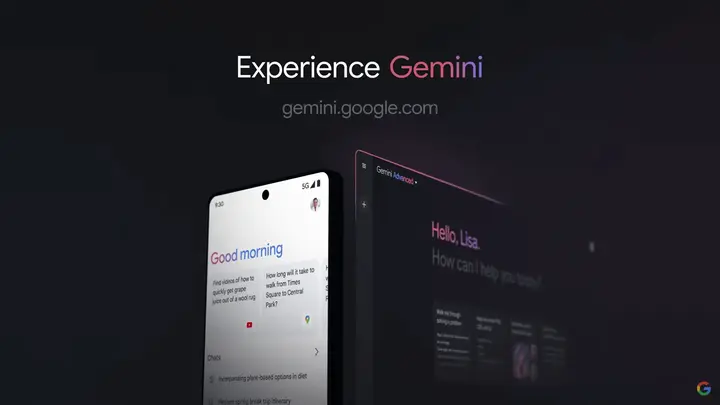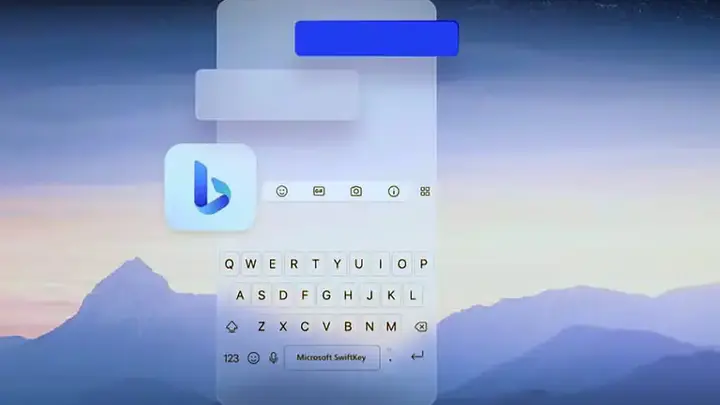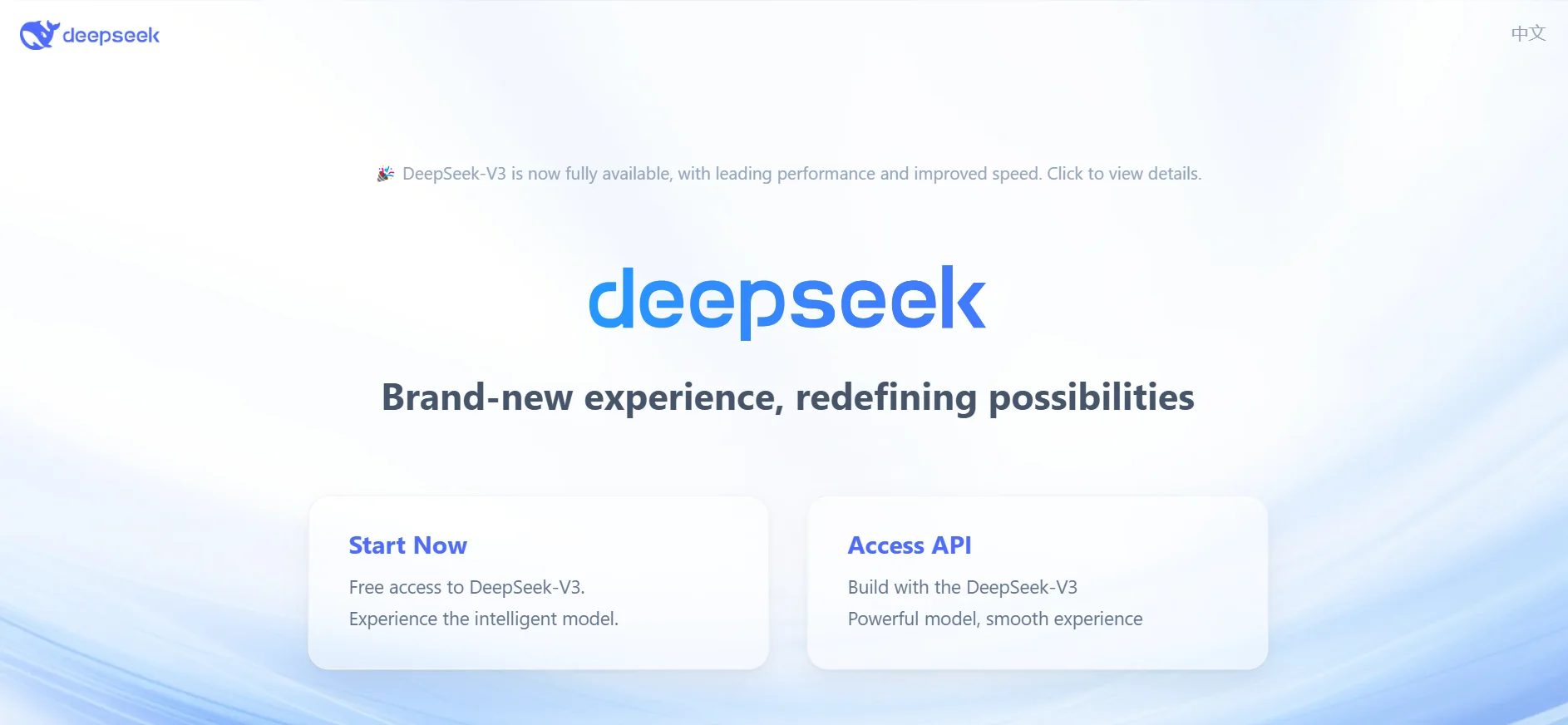Meta Llama 3.2 Review: Pros, Cons & Expert Opinions on the Next-Gen AI Model
What is Meta Llama 3.2?
Meta Llama 3.2 is the latest iteration of Meta's open-source large language model (LLM) family. It offers a suite of models ranging from lightweight options ideal for edge devices to larger models capable of complex reasoning tasks. Llama 3.2 introduces groundbreaking multimodal capabilities, allowing it to process both text and image inputs, opening up new possibilities in image understanding and generation.
Key Features of Meta Llama 3.2:
- Multimodal Prowess: The 11B and 90B models can process both text and images, enabling tasks like image captioning, visual question answering, and understanding documents with charts and graphs.
- Lightweight for Edge: The 1B and 3B models are optimized for edge devices, delivering state-of-the-art performance in summarization, instruction following, and rewriting, all running locally on the device.
- Enhanced Performance & Safety: Llama 3.2 models outperform their predecessors on various benchmarks while incorporating features focused on responsible and safe AI development.
- Open and Customizable: Released under a community license, Llama 3.2 encourages open research and development, fostering innovation within the AI community.
Meta Llama 3.2 Pricing
- Free and Open-Source: Llama 3.2 is available for free under a community license, making it accessible to researchers, developers, and businesses.
Use Cases of Meta Llama 3.2: Empowering Diverse Applications
- Image Reasoning: Analyze and generate insights from images, opening doors to applications in image captioning, visual search, and content moderation.
- Edge AI Applications: Deploy AI-powered features directly on user devices, enhancing privacy and reducing reliance on cloud connectivity.
- Enterprise-Level Tasks: The 90B model excels at complex tasks like general knowledge, long-form text generation, translation, coding, math, and advanced reasoning, making it ideal for enterprise use cases.
- Content Creation & Conversational AI: The 11B model is well-suited for content creation, conversational AI, and language understanding tasks, thanks to its strong performance in summarization, sentiment analysis, code generation, and instruction following.
Meta Llama 3.2 Pros and Cons
Pros:
- Multimodal capabilities: Opens up new possibilities for image understanding and generation
- Lightweight models for edge devices: Enables AI-powered functionalities directly on user devices
- Enhanced performance and safety: Improved performance on various benchmarks and incorporates safety features
- Open and customizable: Encourages open research and development in the AI community
- Free and open-source No cost associated with accessing and using the model
Cons:
- Potential for misuse: Like any powerful AI model, Llama 3.2 could be misused to generate harmful or misleading content
- Resource intensive: The larger models require significant computational resources
- Still under development: While promising, Llama 3.2 is still a relatively new model and may have limitations or biases that need to be addressed
Meta Llama 3.2 FAQs: Your Questions, Answered
What are the main differences between Llama 3.2 and previous versions? Llama 3.2 introduces multimodal capabilities in the 11B and 90B models, enabling them to process both text and image inputs. Additionally, it offers improved performance and safety features while maintaining its open-source nature.
Can I use Llama 3.2 on my mobile device? Yes, the 1B and 3B models are specifically designed to be lightweight and efficient, making them suitable for deployment on edge and mobile devices.
What types of image reasoning tasks can Llama 3.2 perform? The multimodal models can handle tasks like image captioning, visual question answering, and understanding documents containing charts and graphs.
Is Llama 3.2 safe to use? Meta has incorporated features focused on responsible innovation and system-level safety into Llama 3.2. However, as with any AI model, it's important to use it responsibly and be aware of potential biases or limitations.
How can I access and use Llama 3.2? Llama 3.2 is released under a community license, making it accessible for research and commercial use. You can download the models and associated code from Meta's AI research website.
What are the hardware requirements for running Llama 3.2? The hardware requirements vary depending on the model size. The smaller models (1B and 3B) can run on edge devices, while the larger models (11B and 90B) require more powerful hardware, typically GPUs.
Can I fine-tune Llama 3.2 for specific tasks? Yes, Llama 3.2 is designed to be customizable. You can fine-tune the models on your own data to improve their performance on specific tasks or domains.
How does Llama 3.2 compare to other large language models? Llama 3.2 demonstrates competitive performance on various benchmarks compared to other open-source and even some closed-source models. Its multimodal capabilities and edge deployment options further distinguish it.
What are the potential ethical considerations when using Llama 3.2? It's crucial to be mindful of potential biases in the model's outputs and to use it responsibly to avoid generating harmful or misleading content.
What is the future of the Llama model series? Meta is committed to ongoing research and development in large language models. We can expect future iterations of Llama to push the boundaries of AI capabilities even further, potentially incorporating advancements in reasoning, understanding, and generation across various modalities.
Unleash the Power of Meta Llama 3.2
Meta Llama 3.2 represents a significant leap forward in AI language models, offering a versatile toolkit for developers, researchers, and businesses. Its multimodal capabilities, edge deployment options, and enhanced performance make it a powerful tool for tackling a wide range of tasks and applications. Explore Llama 3.2 today and discover the potential of next-generation AI!










